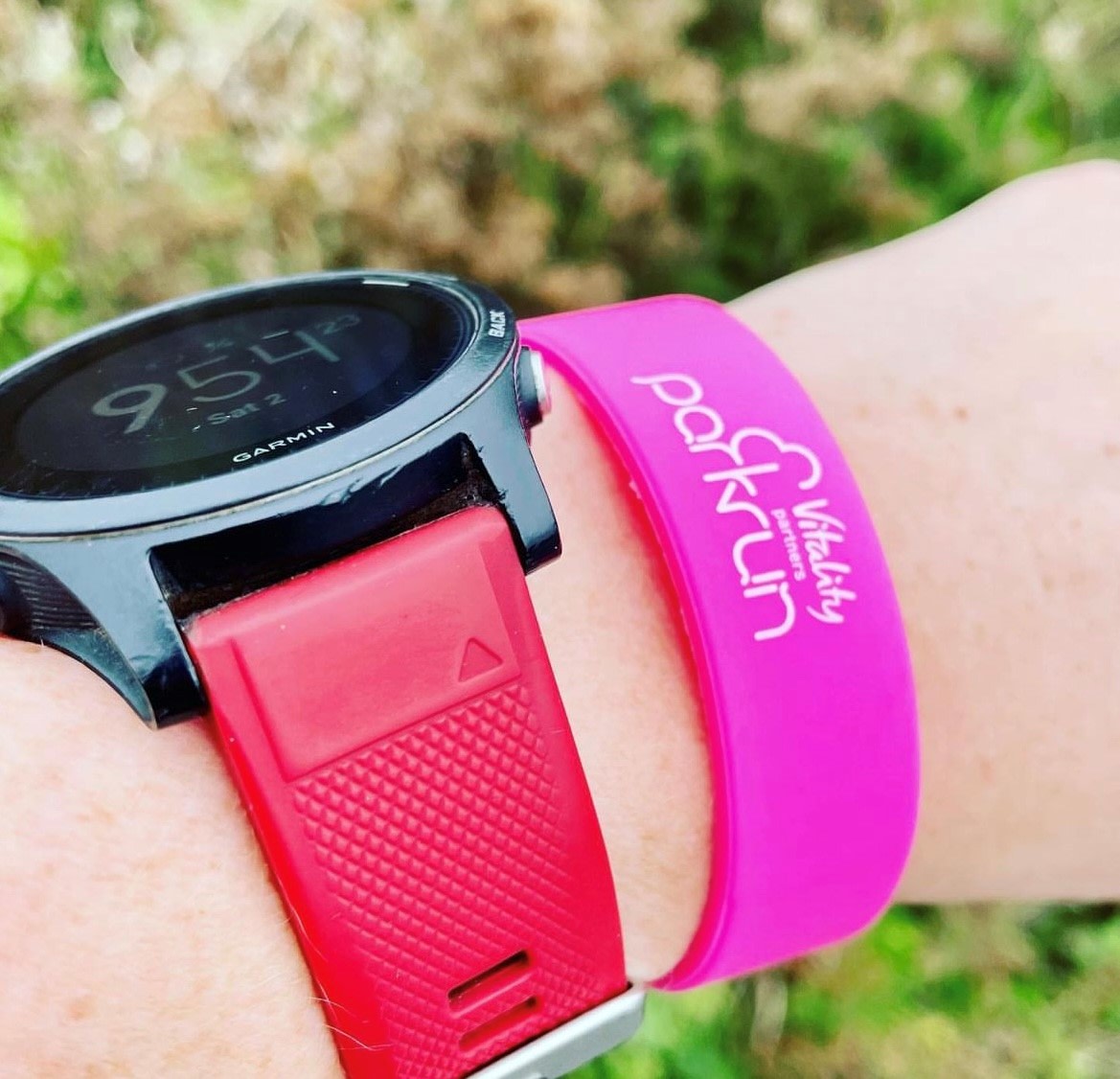The great thing about running, is you just need a pair of trainers and off you go!! Or is that true?

5 ways to do interval training without a sports watch!
The great thing about running, is you just need a pair of trainers and off you go!! Or is that true?

When you embark on run coaching, you realise some workouts can be quite challenging if you can’t program them into a watch that guides you through the program, telling you when to pick up the pace, slow down, and measure your distances. At Oxhu, we wanted to create a run coaching business that is accessible to all, so all our programs have been designed to be either uploaded onto your watch or tracked using more simple methods. We encourage all people to ideally track their runs on Strava or something similar so we can help you with your goals, but a watch is not essential (we know that these cost a lot of money, so don’t want you to feel pressured to do this).
1 – Find a park with a circuit
We are really lucky in Aberdeen because Duthie Park has a loop that is exactly 1km. This makes planning interval runs easy. Find a starting point; from here, you can use that 1km to support your plan. For example – 1km warm-up, then you can carve up your intervals, 100m run, 100m walk, or 200m run, 200m walk.
2 – Take 2 points and measure the distance between them with Strava
This could also work for hill repeats too. Start at the first point, sprint to the second point, and walk back – do this a set number of times, we recommend 10 to start with. We always factor in some warmup time before your intervals, so easy-run 1-2km and then do your intervals, then easy-run cool down again, 1-2km.
3 – Use time rather than distance
As before, warm up with a 2km easy-run, followed by a hard run for 2 mins, then a walk or easy-run for 1 minute (again, these times can be altered), and repeat 10 times.
4 – Find an athletics track
There are tracks in most cities that have the distances etc., mapped out; this is ideal interval training.
5 – The good old, run between lampposts
This was how I first did intervals – you would say to your run buddy, right, race you to the next lamppost. This tactic works great for practicing sprints – short sharp bursts. Do this after a 2km easy run and then tackles 20 sprints with an easy run or walks in between.
